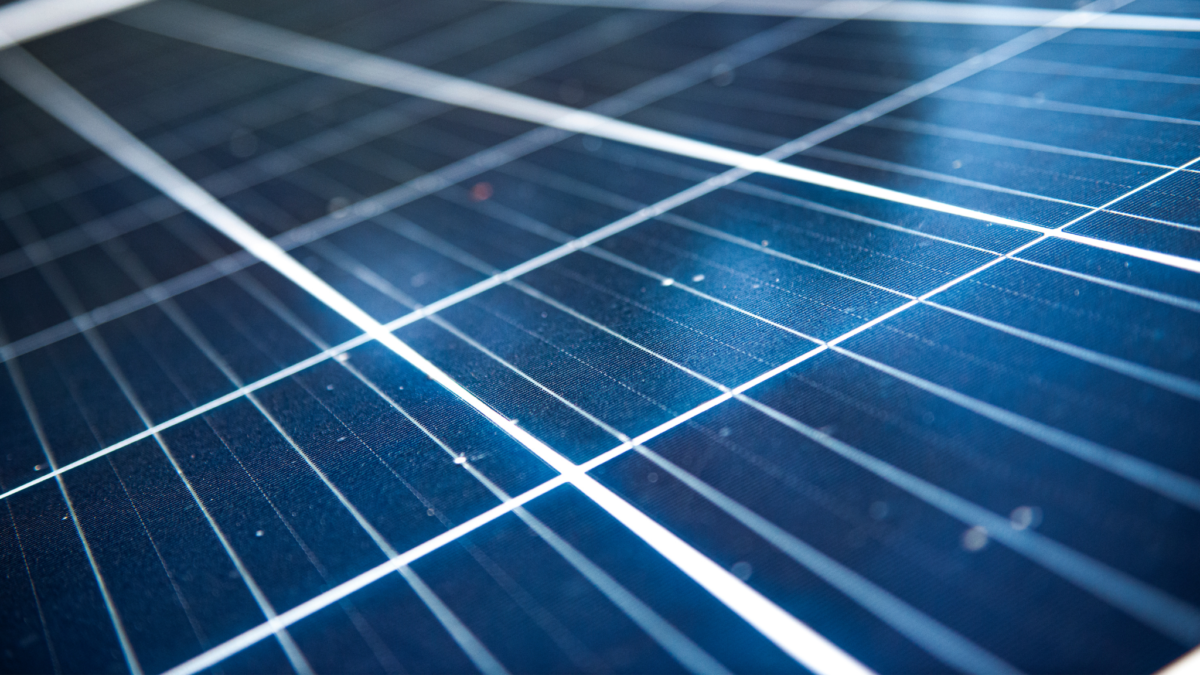Cleaner sources of fuel like solar energy are more important now more than ever with increasing energy demands. With global trends of greenhouse gas emissions from fossil fuels, we search for better ways of switching to greener sources of energy to prevent and possibly reverse global warming.
A crucial part of this new green deal is research on better utilization of existing clean energy sources. From attempting to recycle nuclear fuels to coming up with legislation to better support clean energy like solar energy, conscious human efforts become an important part of this process.
As a beacon of the research portion of these efforts, we have this new method being proposed by a team of engineers at Massachusetts Institute of Technology. In the article published recently, they have described how they have come up with an ingenious way to harness the power from solar energy to generate clean hydrogen fuel from water.
Solar Energy in Thermochemical Hydrogen
Typical hydrogen fuel that is made these days uses fossil fuels or other gray sources of energy, making them not great for the environment when their entire process is considered from start to finish. Gray energy sources typically become a challenging piece of the puzzle to switch over from, but having an efficient green system would be so beneficial over them.
The proposed system however generates hydrogen by using solar energy to split water into hydrogen and oxygen, generating usable hydrogen, making fuel in a totally emission free method “We’re thinking of hydrogen as the fuel of the future, and there’s a need to generate it cheaply and at scale,” said Ahmed Ghoniem, the lead author of the study, Professor of Mechanical Engineering at MIT.
Although designs to make solar thermochemical hydrogen(STCH) do exist, they have very limited efficiency of about 7% while this MIT design is proposed to have about 40% efficiency. This increase in efficiency could improve performance as well as reduce overall cost effectiveness of the system, making it more usable and scalable.
Scalable Efficient Array of Reactors
The proposed method involves a sort of a rotating track with a train of box reactor systems that use solar energy and heat up to over 1500 degrees Celsius. These extreme temperatures would allow the reactors to strip oxygen from water, leaving behind hydrogen fuel. Other similar STCH concepts have a common limitation: they do not have a way to use heat energy that is otherwise dissipated by the reduced reactors as they cool. If the system does not natively use this heat energy, it becomes too inefficient to be practical. A second challenge is the creation of vacuum in an energy efficient way in order to manage rust.
The system that MIT engineers describe also has several workarounds for these common issues, and ways to use solar energy for every part of the process. To solve the issue of not being able to fully utilize heat escaping from cooling reactors, the design places reactors on opposite sides of the circular track that are allowed to exchange heat through thermal radiation.

Image Credit: Massachusetts Institute of Technology
This ingenious system keeps the heat within the system, efficiently preventing escape of energy from the system. The system also includes a second ring of reactors carrying an easier oxidisable metal, this ring helping de-rust the system without needing extensive vacuum pumps.
The team is planning to make prototypes of this proposed system to test at Department of Energy laboratories by next year. If this system is indeed perfected, it would mean clean hydrogen generation from solar energy, without emissions at high efficiencies, providing clean fuel for applications such as long distance trucks. Cleaner alternative sources like this are what help prevent undesirable climate change and possibly reverse the damage we have inflicted over our home planet.



